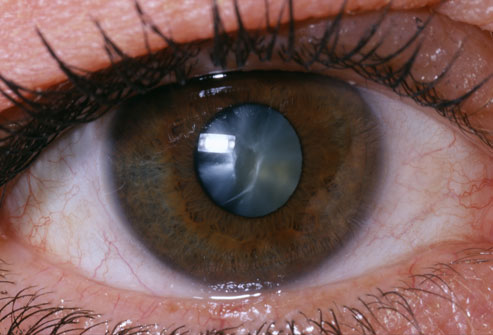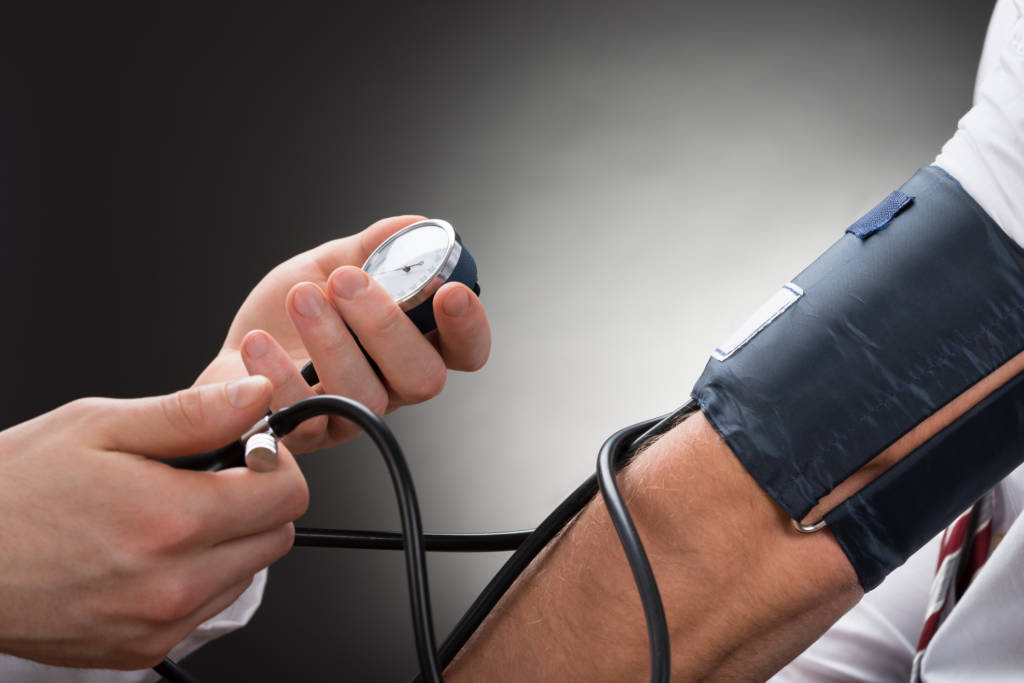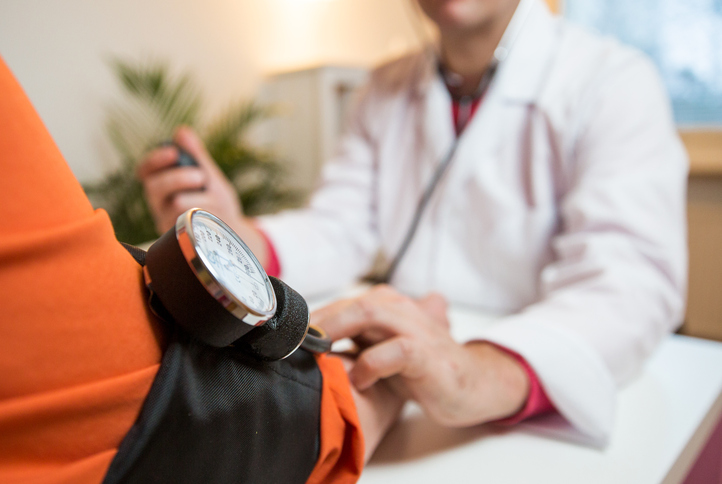 High blood pressure is often dismissed as part of menopausal symptoms in older women, experts say. And that could raise a woman’s risk for heart trouble, European experts warn.
High blood pressure is often dismissed as part of menopausal symptoms in older women, experts say. And that could raise a woman’s risk for heart trouble, European experts warn.
That warning, along with recommendations on how doctors can help middle-aged women avoid future heart problems, is included in a European Society of Cardiology (ESC) consensus document published Jan. 27 in the European Heart Journal.
“Physicians should intensify the detection of hypertension in middle-aged women,” according to the document. Up to half of women develop high blood pressure before age 60, but the symptoms — such as hot flashes and palpitations — are often blamed on menopause.
“High blood pressure is called hypertension in men but in women it is often mistakenly labeled as ‘stress’ or ‘menopausal symptoms,’ ” said first author Dr. Angela Maas, director of the Women’s Cardiac Health Program at Radboud University Medical Center in Nijmegen, Netherlands.
“We know that blood pressure is treated less well in women compared to men, putting them at risk for atrial fibrillation, heart failure and stroke — which could have been avoided,” she said in an ESC news release.
Maas said prevention must begin early and doctors must assess women differently from men and not just look at high cholesterol.
“This will enable us to classify middle-aged women as high-risk or lower risk for cardiovascular disease,” she said.
The researchers noted that pregnancy complications and early menopause increase a woman’s heart disease risk.
The pregnancy complication preeclampsia — marked by high blood pressure, swelling and other signs of damage to organs — is associated with a fourfold increase in heart failure and high blood pressure and a doubled risk of stroke later in life.
Women who enter menopause before age 40 are also at increased risk for heart disease. Each year of early menopause is associated with a 3% higher risk.
Autoimmune inflammatory conditions such as rheumatoid arthritis and lupus also increase heart disease risk around menopause, the researchers said.
“There are several phases of life when we can identify subgroups of high-risk women,” Maas said.






